Save time at work. This has been the goal of technology since the dawn of time, but will AI take this to a new level?
Technology has always aimed to streamline business operations and make them more efficient.
But with the advent of AI, this goal has reached unprecedented heights. By harnessing the power of intelligent processes, businesses can save valuable time and resources, allowing them to focus on strategic initiatives and growth. With AI at our fingertips, we can revolutionise our work, leading to new levels of success.
As we move towards the future, we must consider which skills will no longer be needed for our careers.
However, we shouldn’t get too bogged down with this. Instead, we should ponder which competencie will be crucial to thriving in the future work environment.
This Week’s Top Reads:
- What is Bard? Google’s AI Chatbot Explained
- A new and faster machine learning flywheel for enterprises
- Best practices for leveraging artificial intelligence and machine learning in 2023
- Protecting your critical digital assets: Not all systems and data are created equal
- How Can Blockchain 4.0 Technology Revolutionize Interactions with Data and Digital Assets?
What is Bard? Google’s AI Chatbot Explained
Google Bard is an AI-powered chatbot tool designed by Google to simulate human conversations.
What is Google Bard?
Google Bard is an AI-powered chatbot tool designed by Google to simulate human conversations using natural language processing and machine learning. In addition to supplementing Google search, Bard can be integrated into websites, messaging platforms or applications to provide realistic, natural language responses to user questions.
How does Google Bard work?
Google Bard is built on Google’s Language Model for Dialogue Applications (LaMDA) technology. LaMDA was built on Transformer, Google’s neural network architecture released in 2017. Because Google released Transformer as open source, it has been the framework for other generative AI tools, including the GPT-3 language model used in ChatGPT.
OpenAI’s ChatGPT is tuned to generative AI, producing everything from synopses to creative writing. Alternatively, Bard is designed around search. It aims to allow for more natural language queries, rather than keywords, for search.
A new and faster machine learning flywheel for enterprises
Foundation models will cause the traditional machine learning flywheel to spin faster. How can enterprises adapt and unlock their potential?
This post is a commentary on the MLCommons article “Perspective: Unlocking ML requires an ecosystem approach” by Peter Mattson, Aarush Selvan, David Kanter, Vijay Janapa Reddi, Roger Roberts, and Jacomo Corbo.
The world of artificial intelligence (AI) and machine learning (ML) is undergoing a sea change from science to engineering at scale. Over the past decade, the volume of AI research has skyrocketed as the cost to train and deploy commercial models has decreased. Between 2015 and 2021, the cost to train an image classification system fell by 64 percent, while training times improved by 94 percent in the same period.1
The emergence of foundation models—large-scale, deep learning models trained on massive, broad, unstructured data sets—has enabled entrepreneurs and business executives to see the possibility of true scale. Although previous releases (including Open AI’s GPT series, CLIP, DALL-E 2, Google’s Imagen and PaLM, Midjourney, and Stable Diffusion) have helped pave the way, the release of ChatGPT represents a tectonic shift. By unleashing the power of machine learning to the public through an open-access API, ChatGPT short-circuits the distance from production to distribution and consumption.
Best practices for leveraging artificial intelligence and machine learning in 2023
The data that matters most.
In many ways, this year will come to be remembered as the one when artificial intelligence (AI) and machine learning (ML) finally broke through the hype, delivering consumer-focused products that amazed millions of people. Generative AI, including DALL·E and ChatGPT, manifested what many people already knew: AI and ML will transform the way we connect and communicate, especially online.
This has profound repercussions, especially for startup companies looking to quickly find how to optimize and enhance customer engagement following a global pandemic that changed how consumers purchase products.
As startups navigate a uniquely disruptive season that also includes inflationary pressures, shifting economic uncertainty, and other factors, they will need to innovate to remain competitive. AI and ML may finally be capable of making that a reality.
Hyper-personalization is at the forefront of these efforts. A McKinsey & Company analysis found that 71 percent of consumers expect brands to provide personalized experiences, and three-quarters are frustrated when they don’t deliver. Currently, for example, only about half of retailers say they have the digital tools to provide a compelling customer experience.
Protecting your critical digital assets: Not all systems and data are created equal
Top management must lead an enterprise-wide effort to find and protect critically important data, software, and systems as part of an integrated strategy to achieve digital resilience.
The idea that some assets are extraordinary—of critical importance to a company—must be at the heart of an effective strategy to protect against cyber threats.
Because in an increasingly digitized world, protecting everything equally is not an option. The digital business model is, however, entirely dependent on trust. If the customer interface is not secure, the risk can become existential. Systems breaches great and small have more than doubled in the past five years, and the attacks have grown in sophistication and complexity.
Most large enterprises now recognize the severity of the issue but still treat it as a technical and control problem—even while acknowledging that their defenses will not likely keep pace with future attacks. These defenses, furthermore, are often designed to protect the perimeter of business operations and are applied disjointedly across different parts of the organization.
How Can Blockchain 4.0 Technology Revolutionize Interactions with Data and Digital Assets?
Blockchain 4.0 is a term that describes the fourth generation of blockchain technology and its use in the industry.
Blockchain 4.0 is the latest term for blockchain solutions that make it applicable to industry demands. It combines the concepts of Industry 4.0, with its focus on automation, enterprise resource planning, and integration of systems, with the added trust element provided by blockchain technologies such as distributed ledgers and smart contract technology.
They allow businesses and industries to ensure their data security and establish trust between parties digitalizing their processes. In addition, it opens up possibilities for better scalability and privacy controls for companies embarking on digital transformations.
Blockchain 4.0 features
- Decentralized data management: Using a distributed ledger system, companies can store data immutable and securely. This way, all parties involved can trust that their data is secure from malicious actors.
- A digital proof of ownership: Through technologies such as digital signatures, companies can have a secure way of verifying who owns particular digital assets. They ensure an audit trail to identify the actual owners and prevent fraudulent activities.
Over the past few months, developments in artificial intelligence (AI) have taken huge strides and its use has skyrocketed, especially after the launch of OpenAI’s ChatGPT.
However, while it might be reasonable to start preparing for a world ruled by AI, more often than not results might be exaggerated and AI capacities overhyped.
People are scared of an uncertain future where they risk losing their jobs, stability, and value in society as their skills are getting more easily automatable. However, AI will always need human collaboration, and sometimes intervention, to function properly.
“We don’t want to be completely over-reliant on AIs in the future, because what happens if the next virus is not the coronavirus but a massive computer virus that basically renders all our computers and destroys or locks all our computer systems?” Bernard Marr, a futurist and internationally best-selling author, told Euronews Next.
THE DIGITAL EYE
I hope these articles are valuable.
I am passionate about technology, and I want to share that passion with you. I believe that it’s essential for everyone to stay up-to-date on the latest trends, so I’ve set out to cover all aspects of the industry – from data analytics to blockchain and AI.
Please let me know if you want to see any other topics covered, and I would appreciate your help sharing this blog with others interested.



